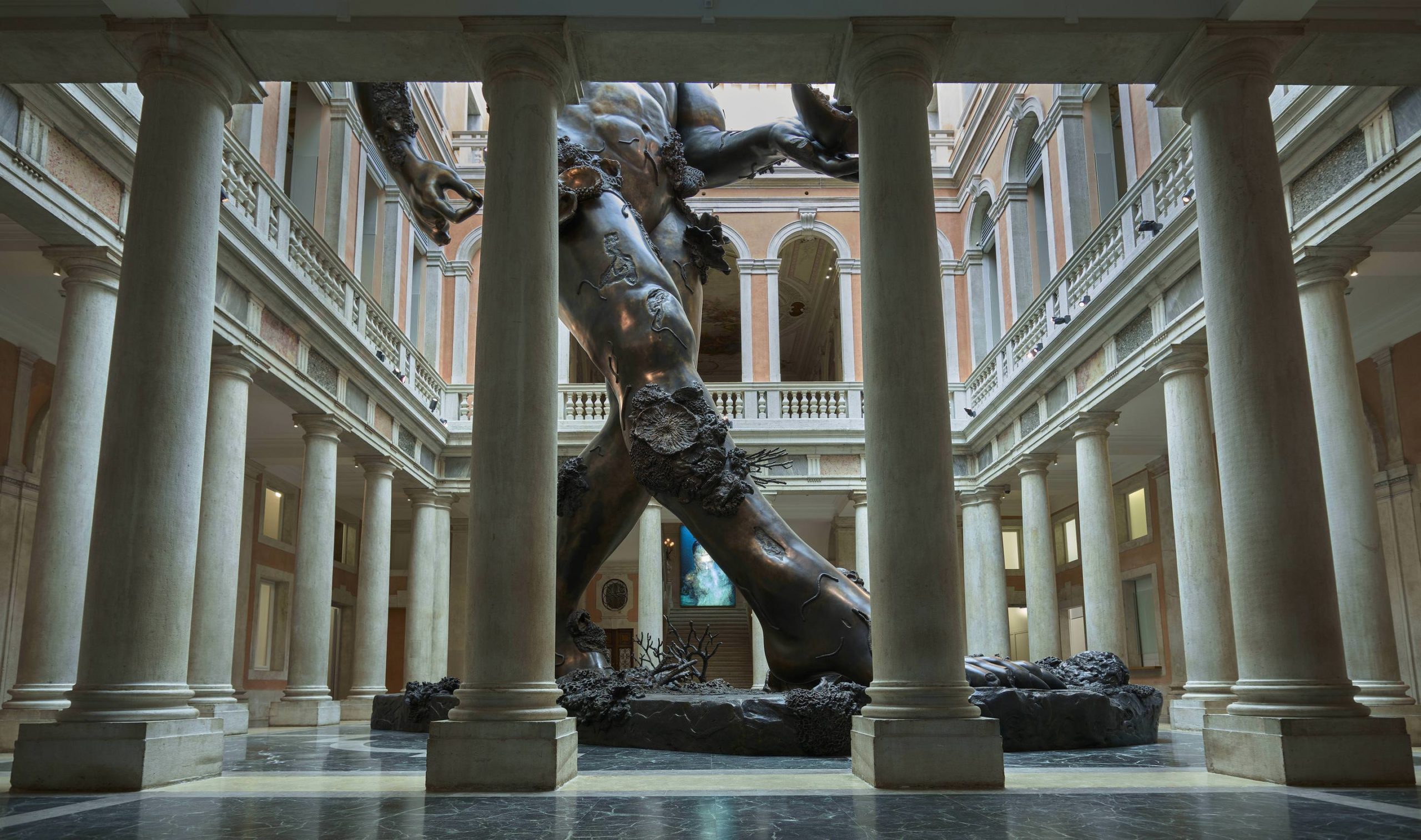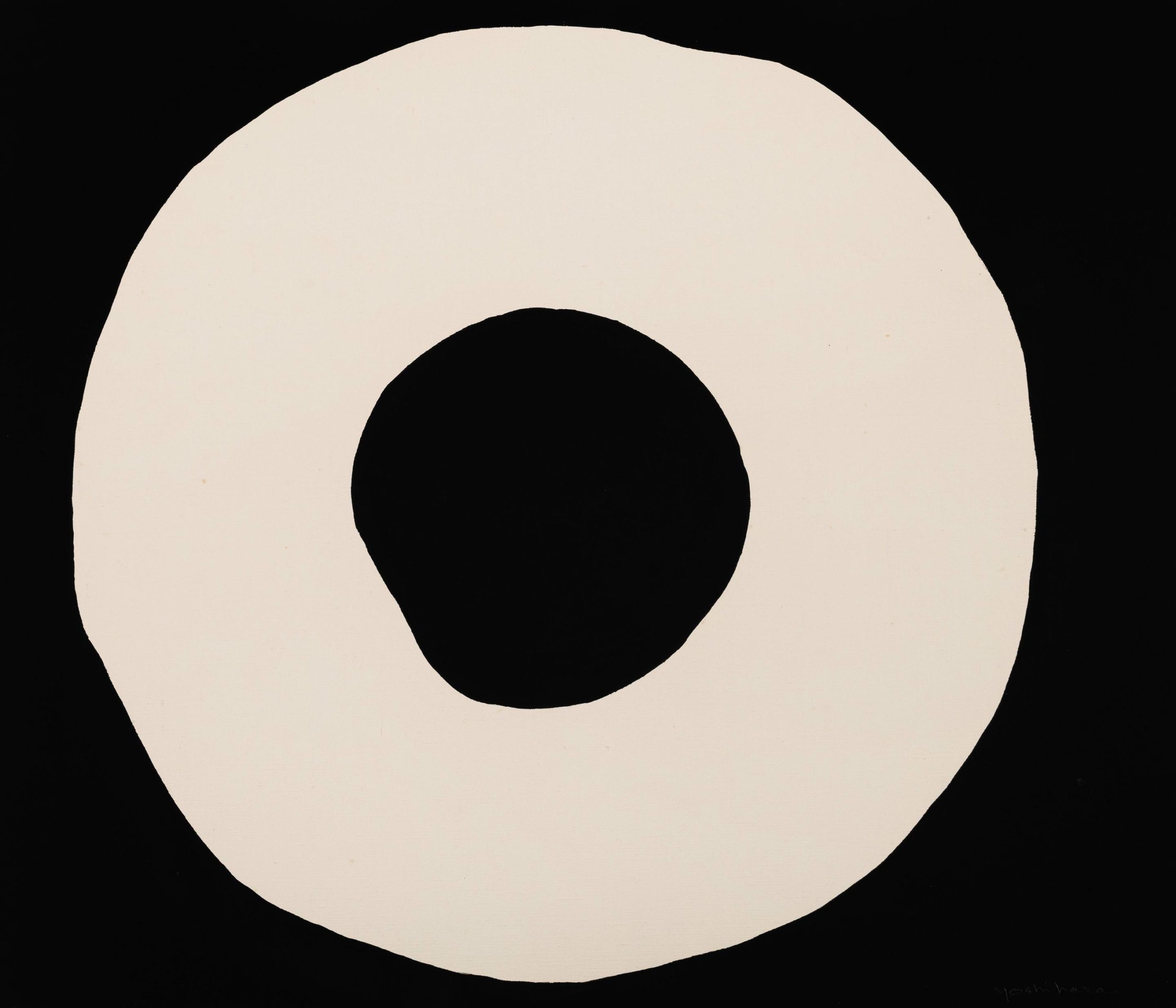Walter Hood defines his Oakland-based landscape design firm, Hood Design Studio, as a cultural practice. It’s an important distinction for the architect and educator (a professor at UC Berkeley). He is less concerned about metrics and supposed solutions, and more about patterns and practices.
He has created green spaces for The Broad in Los Angeles, Lafayette Square Park in Oakland, the de Young Museum in San Francisco, and more. Lately, his projects have leaned toward the public art realm, with the first civil rights–themed public artwork in Nashville, Witness Walls, and a sculpture in Nauck Town Square in Arlington, Virginia, commemorating the first Freedman’s Village. These works, and the water feature he has designed for the International African American Museum in South Carolina, inspired by the Brooks Map, are meant to encourage thinking outside of one’s knowledge, considering a different narrative. Rather than masking a horrific history, Hood is trying to create a space for reflection and a chance to step outside one’s own world.
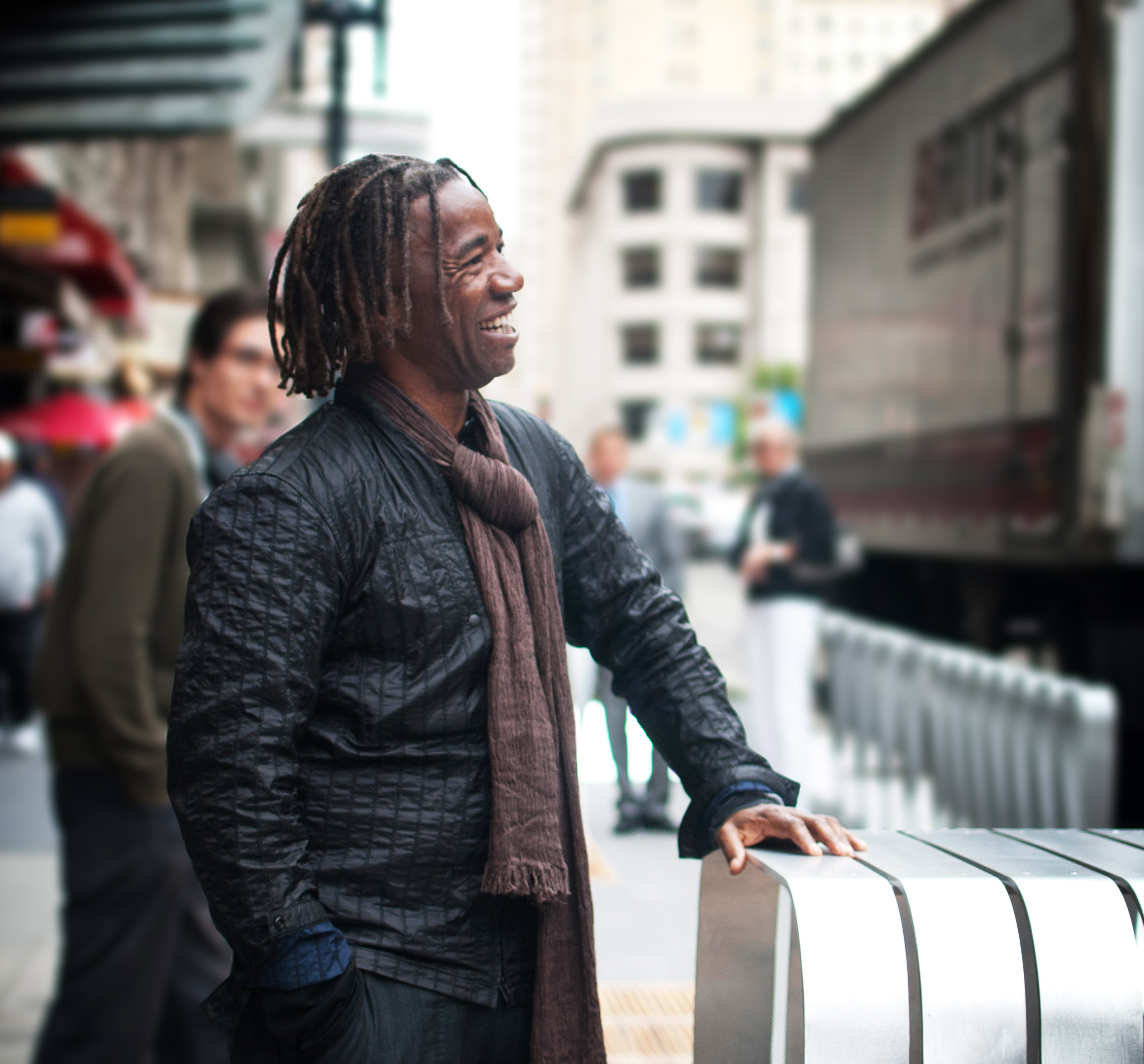
Walter Hood
Courtesy of Hood Design Studio
Whitewall spoke with Hood about the power of people in a space, and the impact of space on a community.
WHITEWALL: How did you arrive at the idea that landscape design could be a cultural practice?
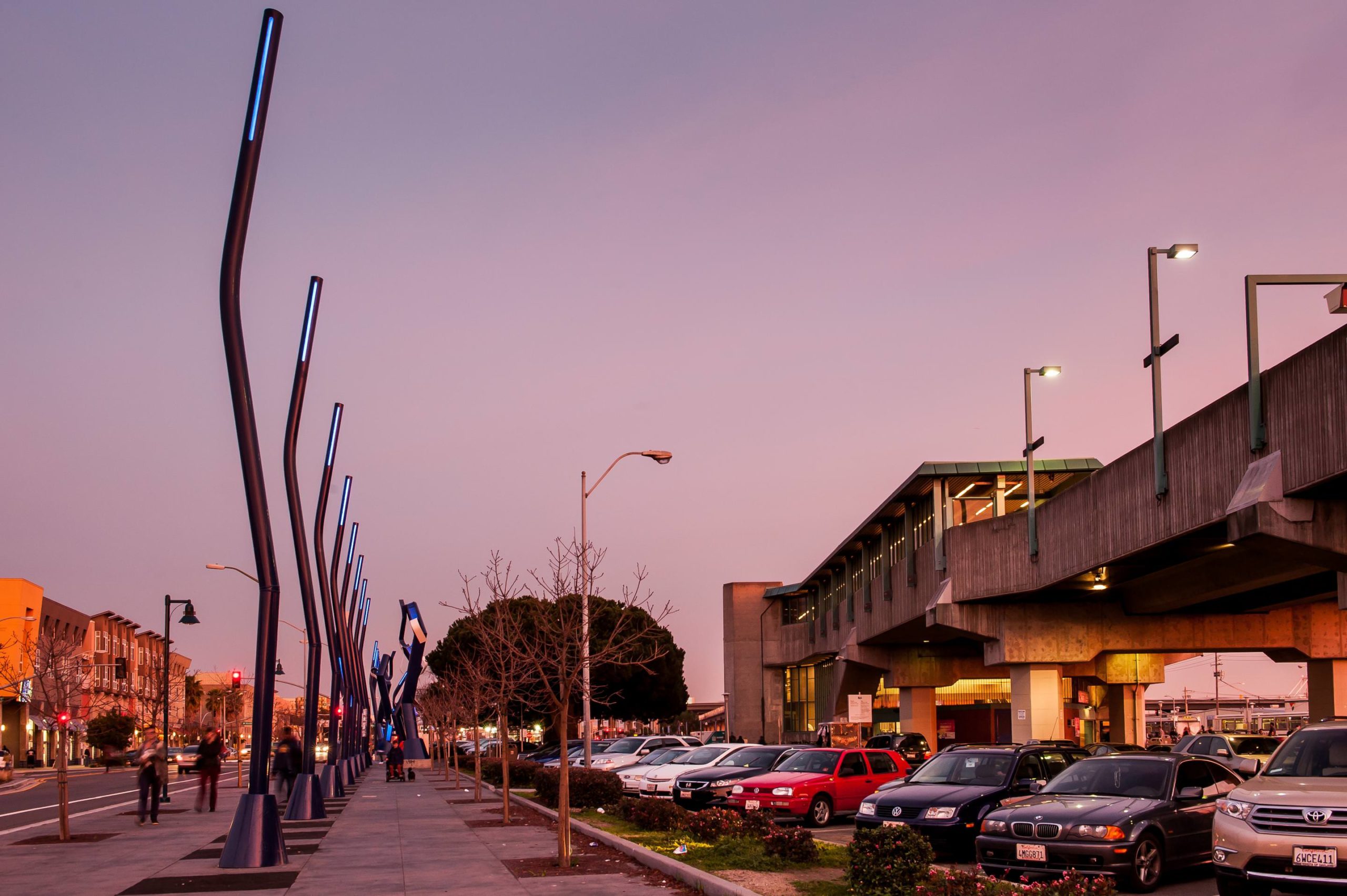
Lighting featurs on seventh avenue near the West Oakland BART station
Courtesy of Hood Design Studio
WALTER HOOD: I arrived at that through my studies at the Art Institute with Mary Jane Jacob. I did my MFA there. I understood that architecture is for people. But I never could figure out what my role was. After going to art school, it became very clear I was interested in how people inhabit a place and those patterns and practices that manifest. That practice is really about culture and less about social factors.
We often think we have to make people do things, to program. But culture is when activities are already part of what we do. It’s not about agitating the social; it’s about respecting and having a more open view of what manifests.
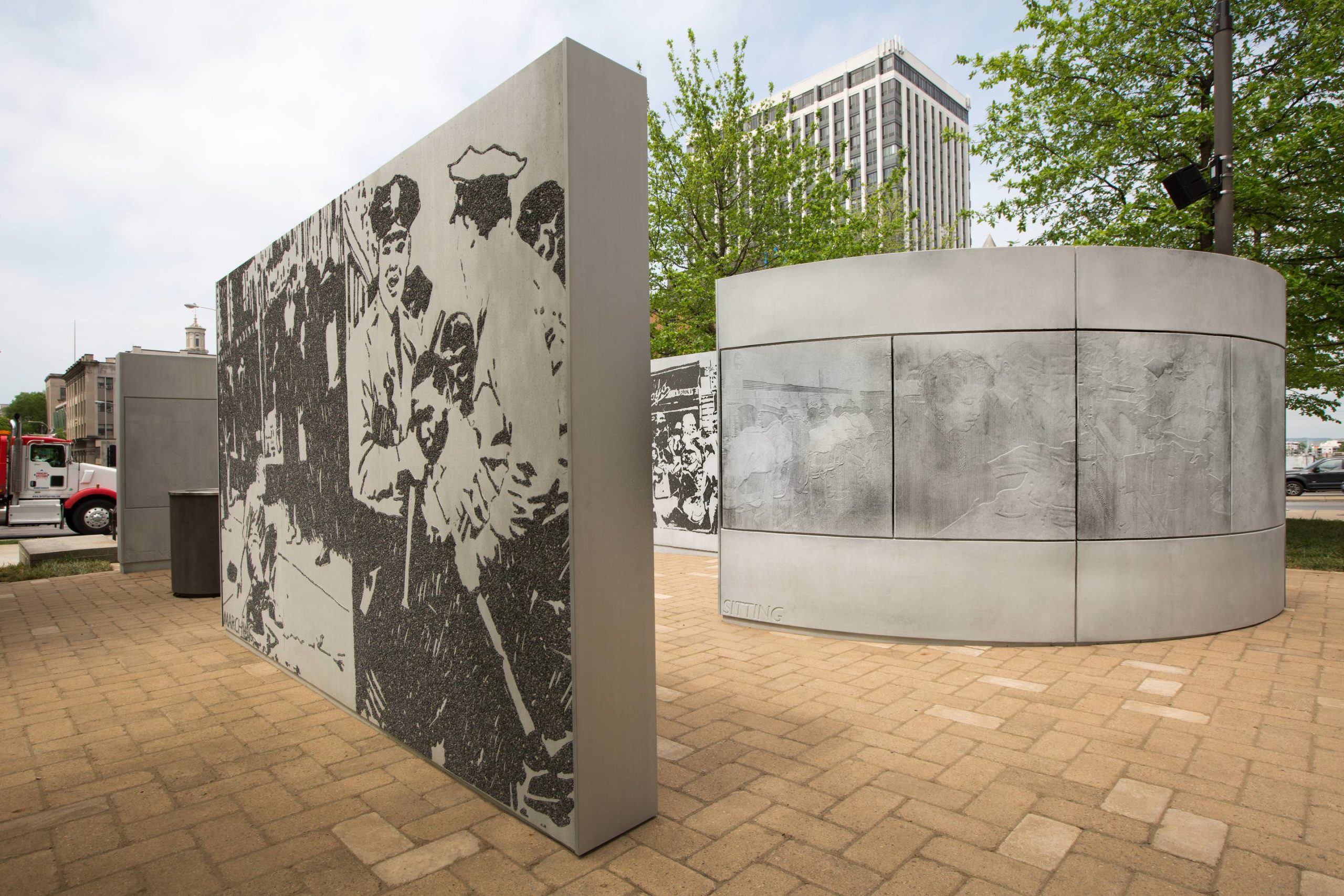
Witness Walls: Civil Rights Public Artwork Dedication Event
Courtesy of Hood Design Studio
WW: You’ve been described as someone who really thinks about people. And you would think architects do think about people, but with the conversation around sustainable design, people sometimes are getting left out of the conversation.
WH: Yeah! And it ends up being about vegetable matter . . . I think it’s hard in this country to address culture, because race and class are so embedded. Ideas of sustainability, particularly around sea level, I’m thinking to myself, wouldn’t it be interesting to look at those cultures who have been resilient in these places, and maybe we can learn something through their resilience?
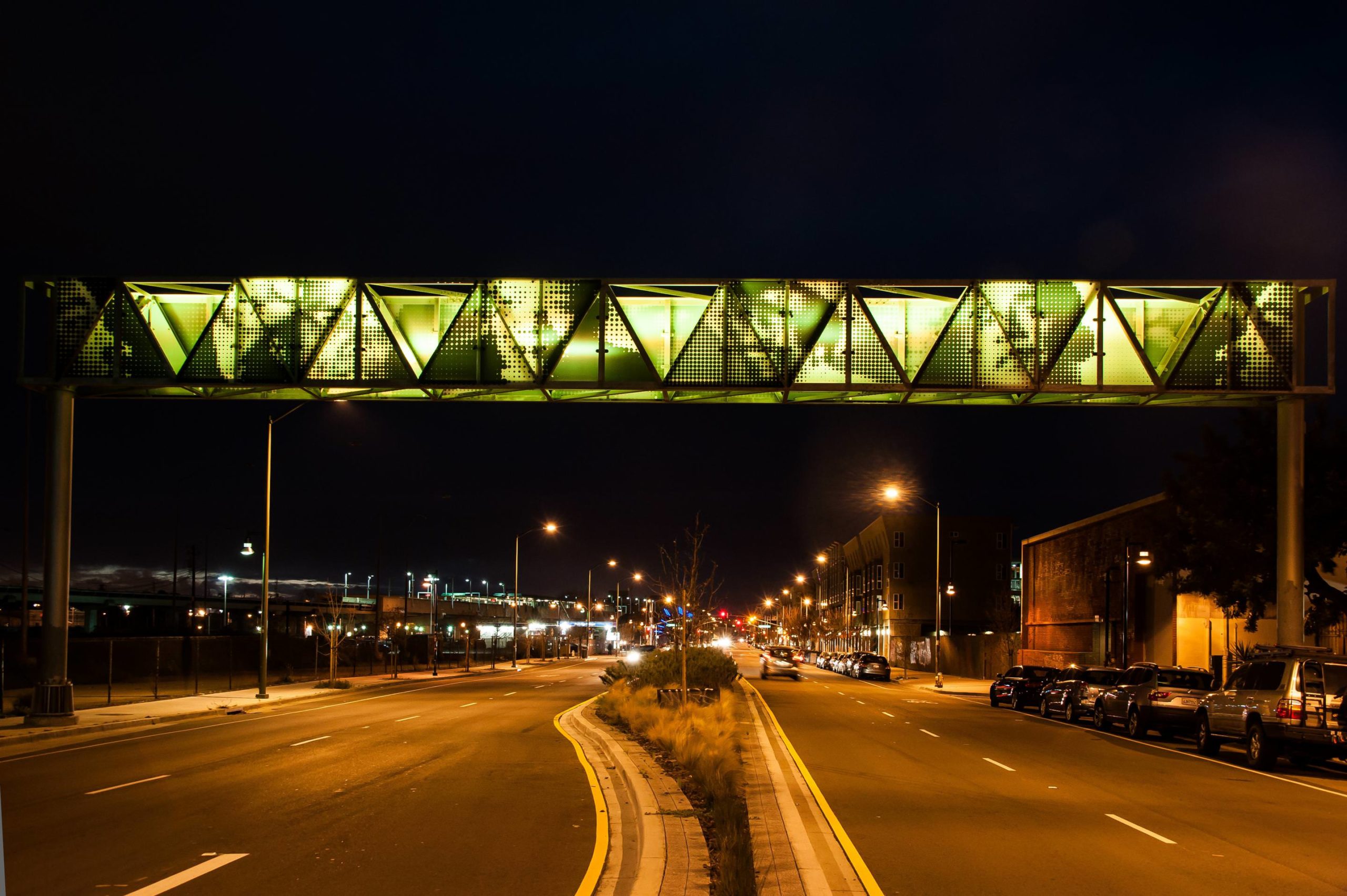
The Seventh Street Transit Village is a pedestrian/public transportation hub located in West Oakland, adjacent to the Oakland ports and BART Station
Courtesy of Hood Design Studio
A lot of people have lived in bottomland for a couple hundred years and have figured out how to live in bottomland. But, if you take them out of the equation, it’s about how will we control or change the bottomland? Therefore, that group of people who were associated with it are just completely erased, because we never focused on it.
WW: As a professor, you’ve started Hope Trees for Oakland as a way to show students a possibility for action outside of protest. What was the original idea for the project?
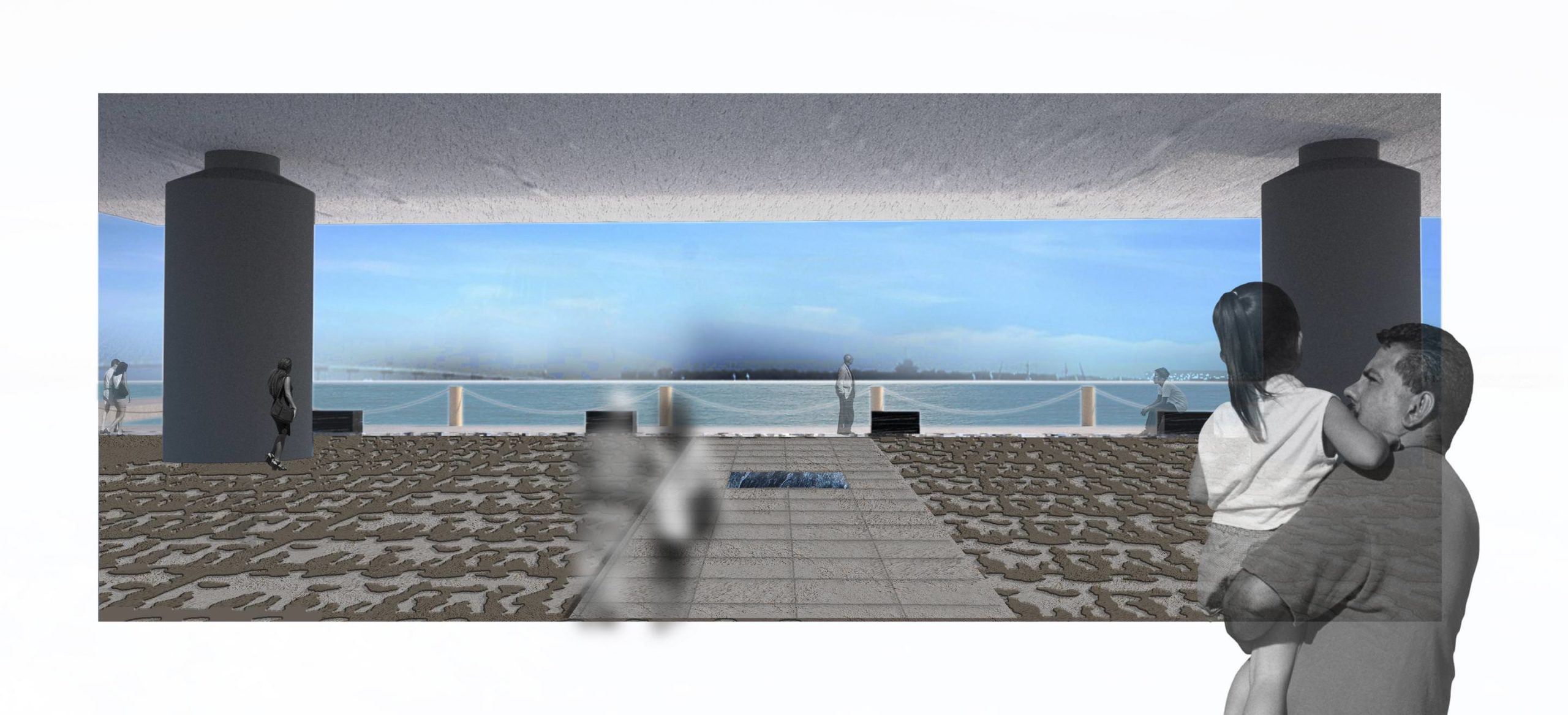
Rendering for the International African American Museum Landscape + Memorial in Charleston, SC
Courtesy of Hood Design Studio
WH: It all came about and is continuing to evolve from a course that I taught a couple of years ago that asked, “How do we talk about and get students to really think about their ability to go out and change the world?” One person going out and acting is really different from 90 people going out and acting. There’s power in the masses.
I had been looking at this map of Oakland, and I bought each student an oak tree. The student had to take care of this tree for about six weeks of the semester and then they had to build a device so the tree could propagate itself. You can’t just plant a tree and walk away. Once the students made a prosthesis then they gave it to an elementary school. From the elementary school, the idea was that then from college kids to elementary kids, this tree would travel and end up in the yard of these kids and hopefully in twenty years they can come back and understand the diaspora of this tree.
WW: You’ve talked about how the trees serve as a metaphor for life, that in nature we see each other equally.
WH: It’s not my idea; it’s an Olmstedian idea, that in nature we’re all the same. There is no class of reference. We’re all under the same canopy.
WW: You’ve been working on these ideas around monuments and memories as well—like Witness Walls in Nashville, the first civil rights–themed public artwork in the city. Thinking about monuments today is obviously loaded. What are you considering when you’re addressing issues of memory?
WH: It’s a very big thing for me now. I’ve been trying to approach it less in the way of making monuments, but in a way of making objects in spaces that might unfurl a new narrative—one that is at odds with the vernacular narrative, but one that also suggests it’s okay for there to be this discordance between how and who remembers things in a certain way.
Witness Walls is a set of walls with images that I plucked from an archive and remade on a concrete wall. Some of them are really wonderful images of kids, of older people, of women walking their kids to school. But there are also graphic images of police brutality done in a more abstract way. It’s a way of suggesting my view. I don’t want things to become monuments or commemorative things. I want them to be objects we can live with.
I would like to strike a chord in people to think, “I never thought of it that way.” In this country, I think it’s hard for people to have empathy for one another because of not knowing, of just not putting yourself in that world. We all have to go out of our way to be in each other’s world.
This goes back to when we were talking about sustainability and people who are at the margins. There’s this double consciousness of the “two-ness” of being African American or the “two-ness” of being a woman, where you’re constantly having to enter into other worlds and shift back to your own world. I think that has given us not only a resiliency, but the ability to be apathetic toward a lot of different contexts and people. But there are a lot of people that only deal with one. So I’m hoping these pieces will allow people to feel free and think, “Wow, I didn’t know that. Maybe I should now.”
WW: And feel encouraged to learn about that versus feeling ignorant or stupid?
WH: Right, and to put yourself in the context.
WW: What are you hoping people will experience at the International African American Museum in South Carolina, which recenters the state’s role in the slave trade? There you’ve designed an incredibly powerful water feature inspired by the Brooks Map, which refills and drains throughout the day.
WH: The site is a real site. Archaeology was performed in 2014 and they located the wharf down below and the warehouse where a lot of slaves over a very short period of time were stored, died, and were sold. A piece of the wharf is still there, so it really is hallowed ground.
I wanted to create something on the ground that had a kind of power. I was looking at the Brooks Map, which was a lithograph of the slave trade that shows head to toe, head to toe how the slaves were crammed in the hull of the boat.
I wanted to enlarge these figures to full scale and then put them on the ground, have a relief of an eighth of an inch and then flood it with water. So you would see this kind of relief, but you didn’t know what it was. Then when you removed the water, there would be these leftover puddles.
I’m hoping it will get people to think in a different way, and not to sugarcoat something that was horrific, but also not put it in a context where it’s unreachable—both from an aesthetic and experiential level.






